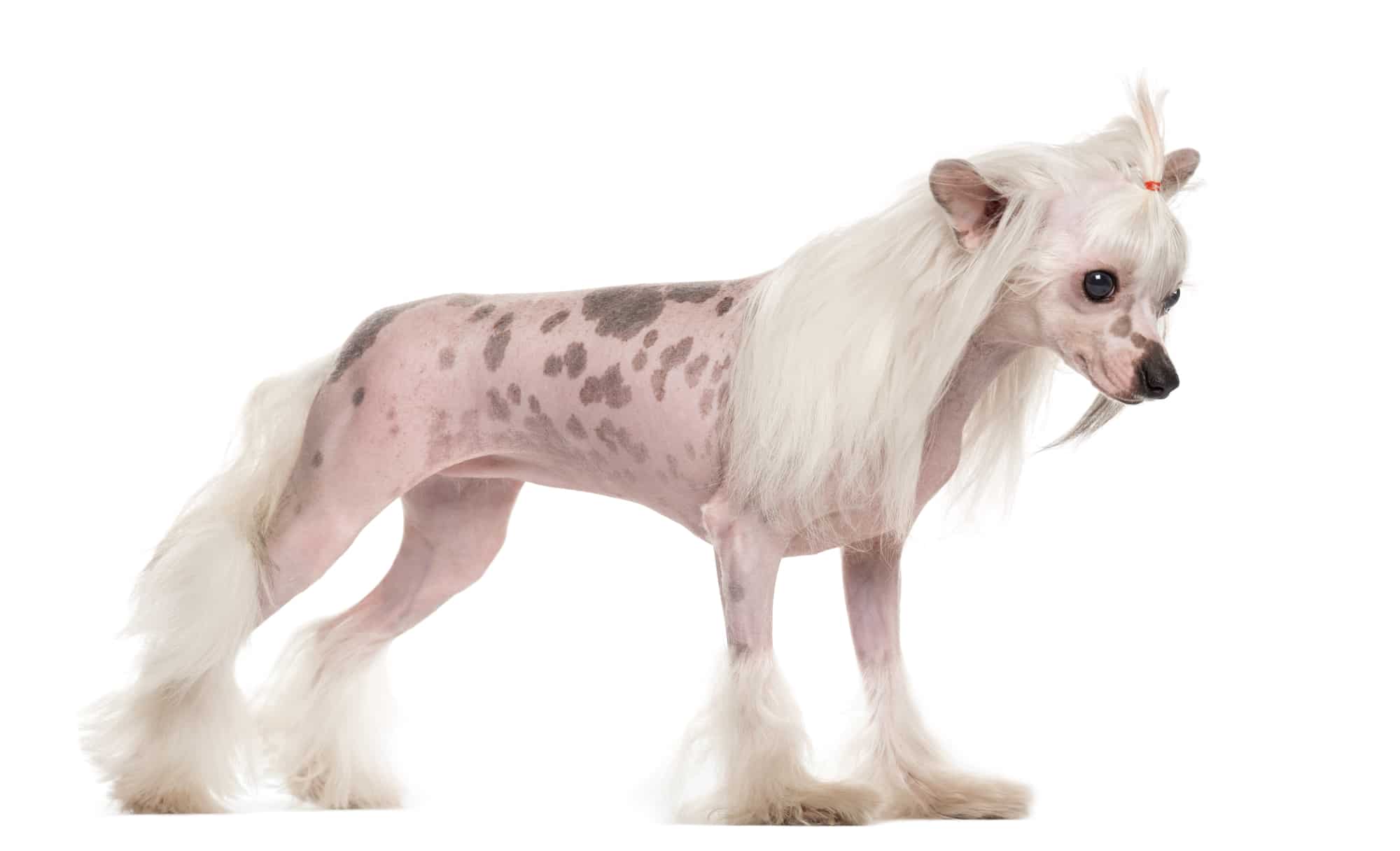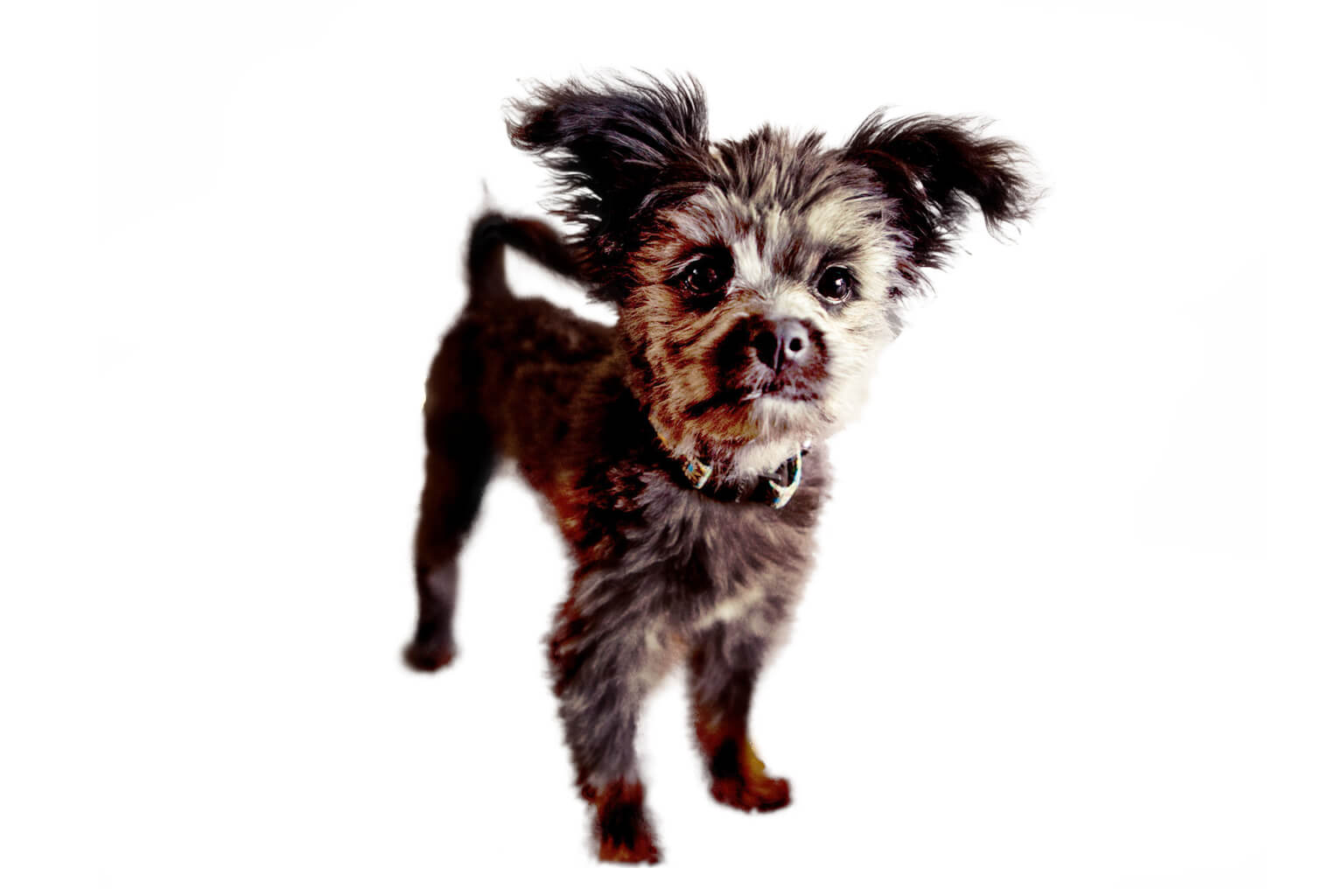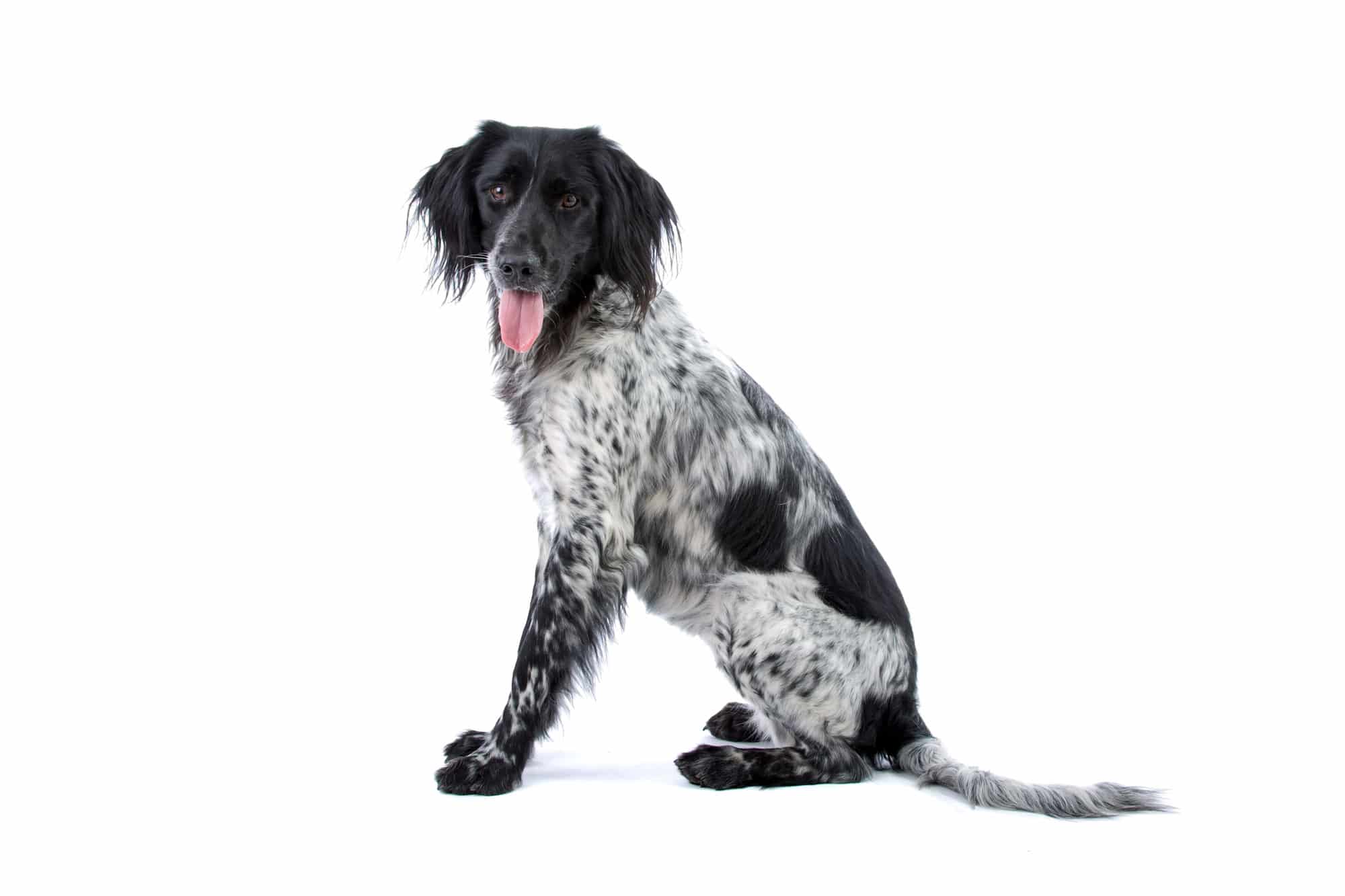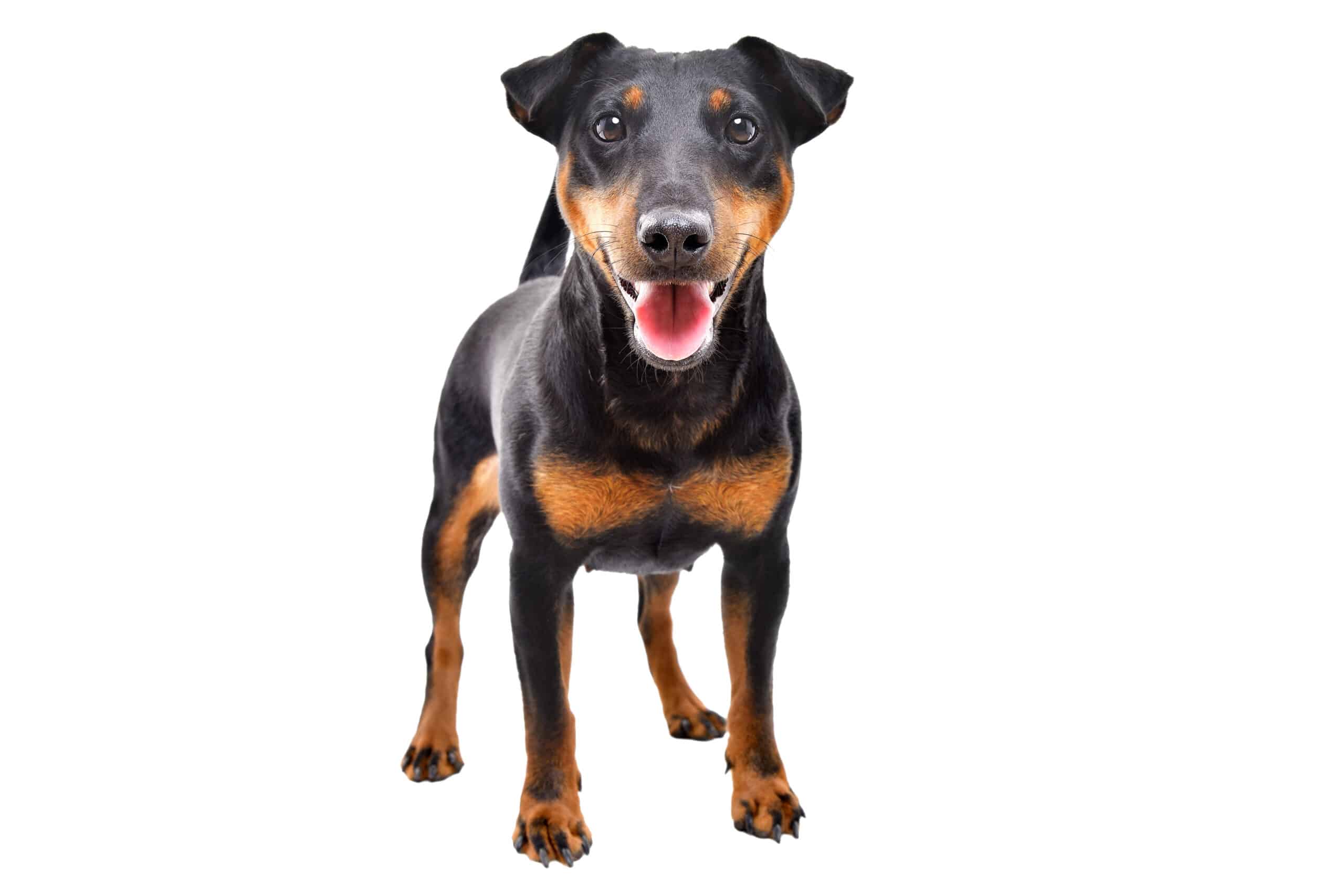Kangal Shepherd Dog
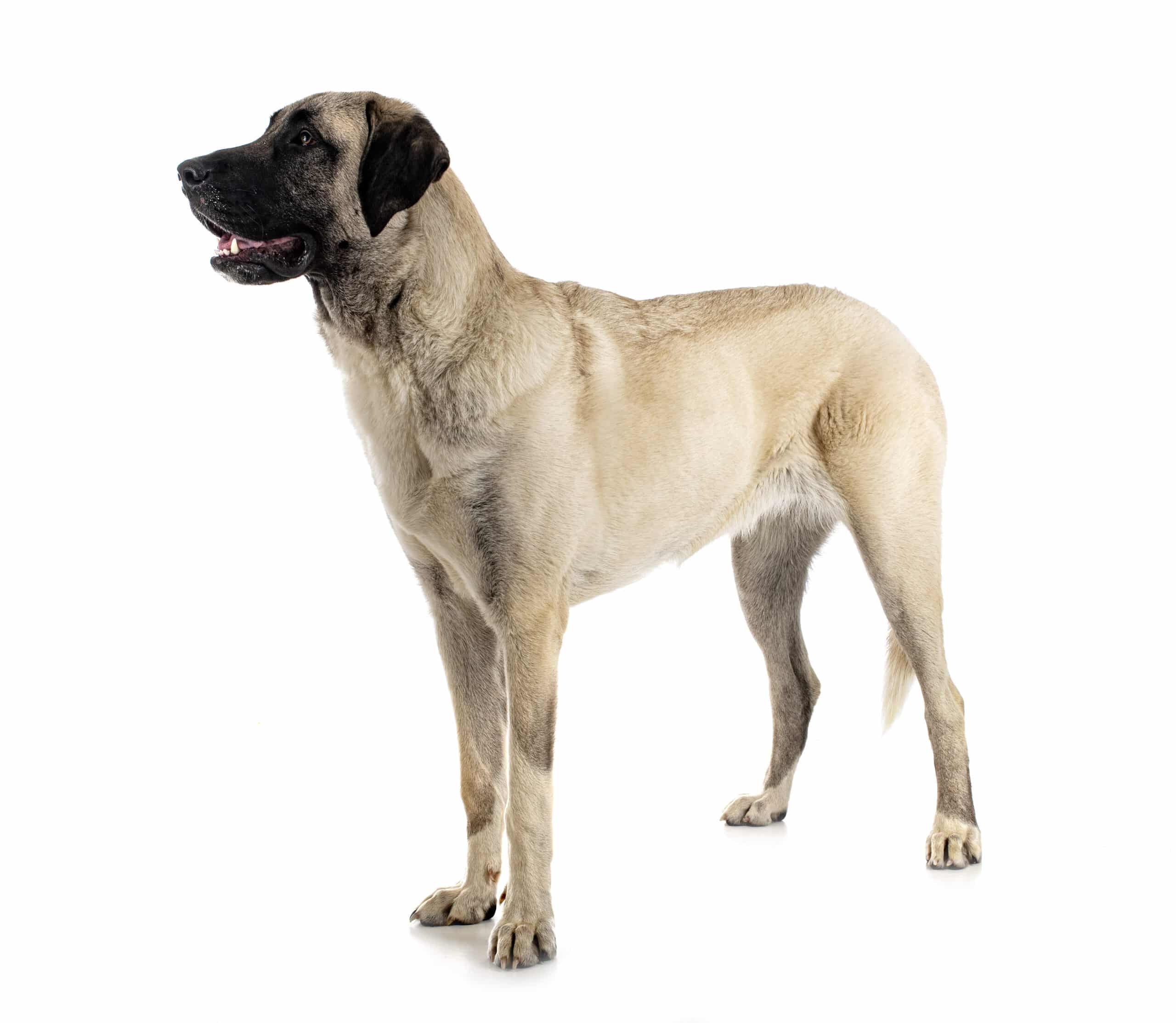
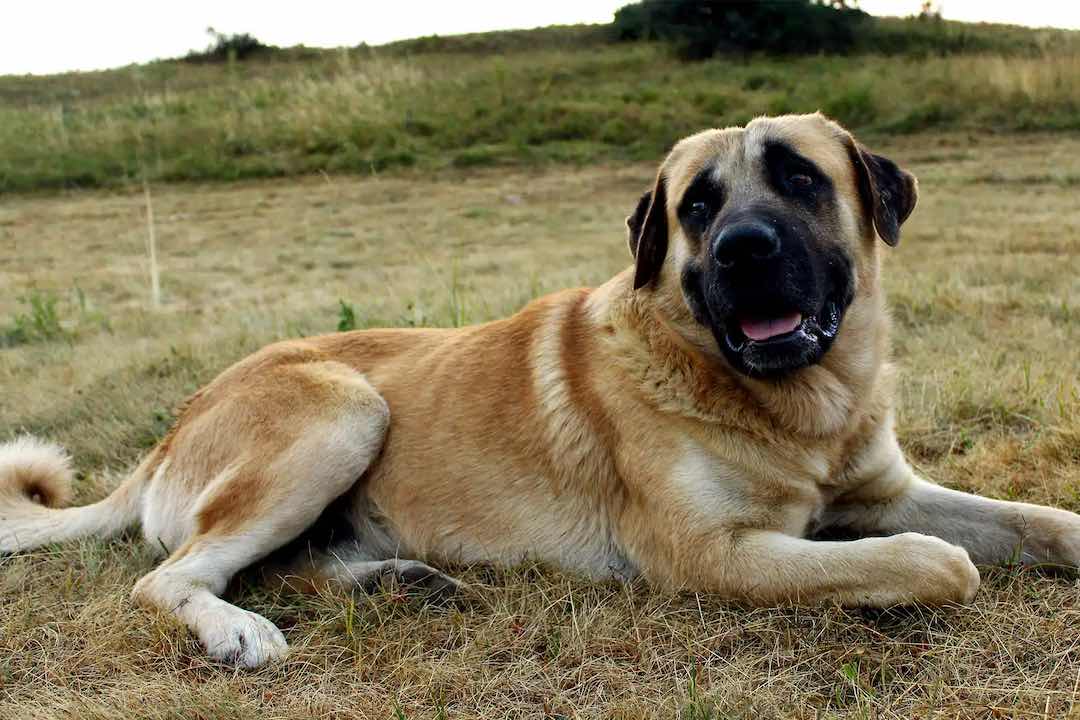
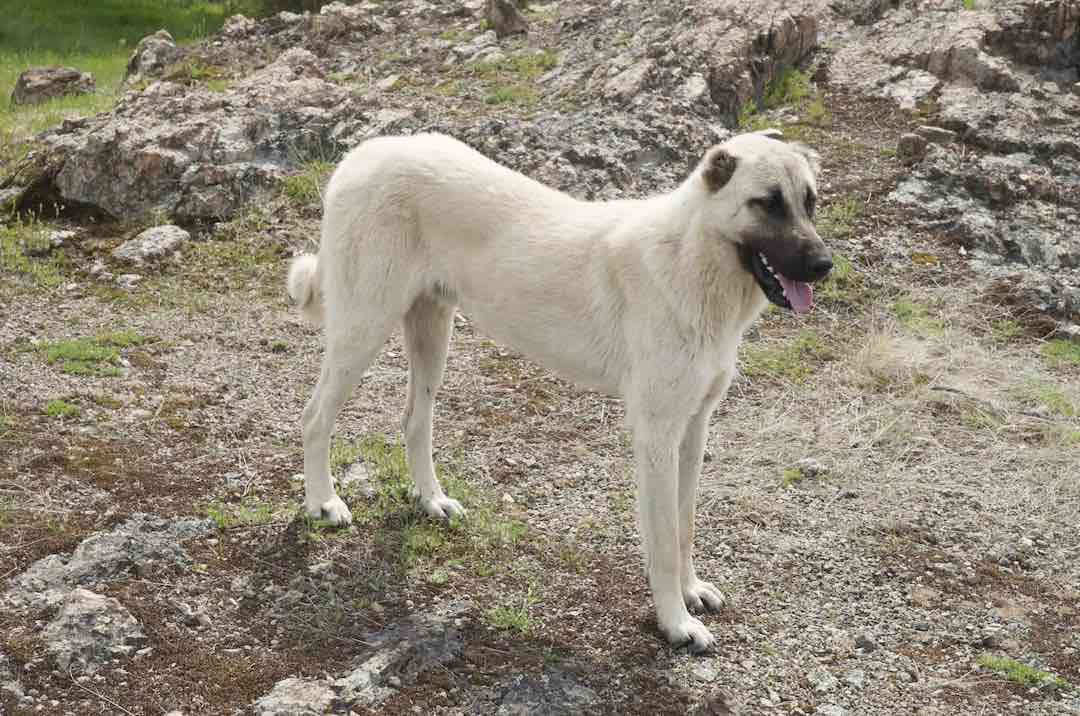
Temperament:
The Kangal Shepherd Dog, or Kangal for short, is a herd guard dog of impressive size. Its country of origin is Turkey. The Kangal is a very old breed of dog that has been guarding flocks of sheep in the mountainous regions of Turkey for many generations. The guarding and protective instinct is deeply rooted in its genes. A Kangal needs a very confident owner who knows how to deal with the breed's inherent characteristics.
Characteristics
The Kangal Shepherd Dog is recognized as a breed by the cynological umbrella organization FCI and is assigned to Group 2 (Pinscher and Schnauzer, Molossian and Swiss Mountain and Cattle Dogs).
The Kangal is an impressively large dog. Adult bitches reach a height at the withers of approx. 65-73 cm. Males reach a height at the withers of 72-78 cm. Females weigh between 40 and 50 kg, males between 48 and 60 kg.
Despite its large and imposing stature, the Kangal is muscular, agile and surprisingly enduring. Its coat is dense with undercoat. Depending on the season and keeping conditions, the coat length is three to seven centimetres. According to the official breed standard, the dogs are unicolored, most specimens are light brown to light grey.
Characteristic of the Kangal is the mask markings on the head. Because of these black markings on the muzzle and ears, the original Turkish name is "Karabaş". This means nothing other than black head.
Another typical characteristic of this breed is the curled tail over the back. The eyes are dark and almond-shaped.
In character, the Kangal Shepherd Dog is independent, self-confident, courageous and frugal. Its outstanding characteristics include a strong protective instinct and pronounced territorial behavior. It is reserved to suspicious towards strangers.
Representatives of this breed radiate calm and composure. However, this can change abruptly if the dog, which until then appeared to be dozing, perceives a threat to its pack. They never attack immediately, but threaten extensively and only attack if the supposed threat does not react by retreating.
If you decide to get a Kangal, you should attach great importance to good socialization. For training, it is advisable to consult professional dog trainers with experience in training livestock guarding dogs.
Coat care:
Shedding:
Energy level:
Trainability:
Children suitable:
The right food
The Kangal is very undemanding when it comes to its diet. As guard dogs in the mountains of Anatolia, the animals usually had a meagre food supply. They need surprisingly little food for their size. Over a long period of time, they have developed into a type of dog that has adapted to this meagre diet and is able to cover its energy requirements with a minimal supply of nutrients.
An oversupply of animal protein can lead to allergic reactions under certain circumstances.
Health & Care
The Kangal is optimally adapted to its original living conditions and is extremely weather-resistant. The original breed likes to spend time outdoors in all weathers and has an easy-care coat. Only during the shedding period can thorough brushing ensure that less dog hair is spread around the house.
Suitable accessories
First and foremost, the Kangal Shepherd Dog needs space and, if possible, a property that it can guard. The Kangal is not suitable for cramped living conditions.
Due to the size and strength of the dog, it is important to ensure that the collar and lead or harness are adapted to the strength of the dog. Leash control is very important for dogs of this size.
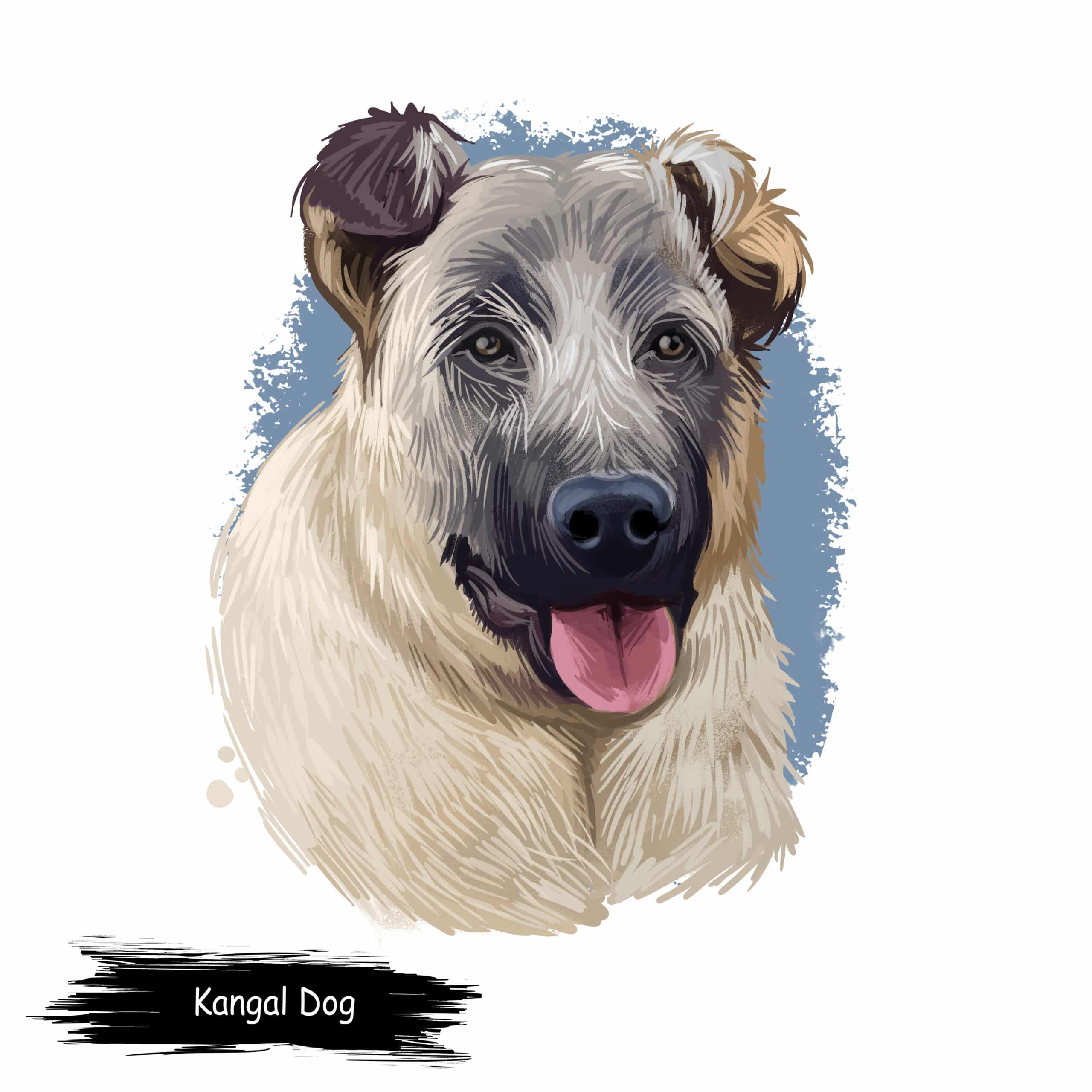
Origin & History
The roots of the Kangal shepherd dog probably go back to the herd guard dogs of the first nomads who roamed Central Asia and Anatolia thousands of years ago. Even then, the dogs were used for the tasks that still define their typical breed characteristics today. They lived with the nomads' animals in the herd to protect them from invading predators.
Originally called Karabash (black-headed), the Kangal owes its name to an influential aristocratic family. These aristocrats began breeding the breed professionally at a very early stage.
The dog fulfilled the task assigned to it of guarding the flocks of sheep completely independently. They were often separated from humans for long periods of time. This resulted in its independent character.
The Kangal is a loyal and sensitive dog towards familiar people. It is important to train them sensitively but consistently so that their independent behavior does not become a problem.
